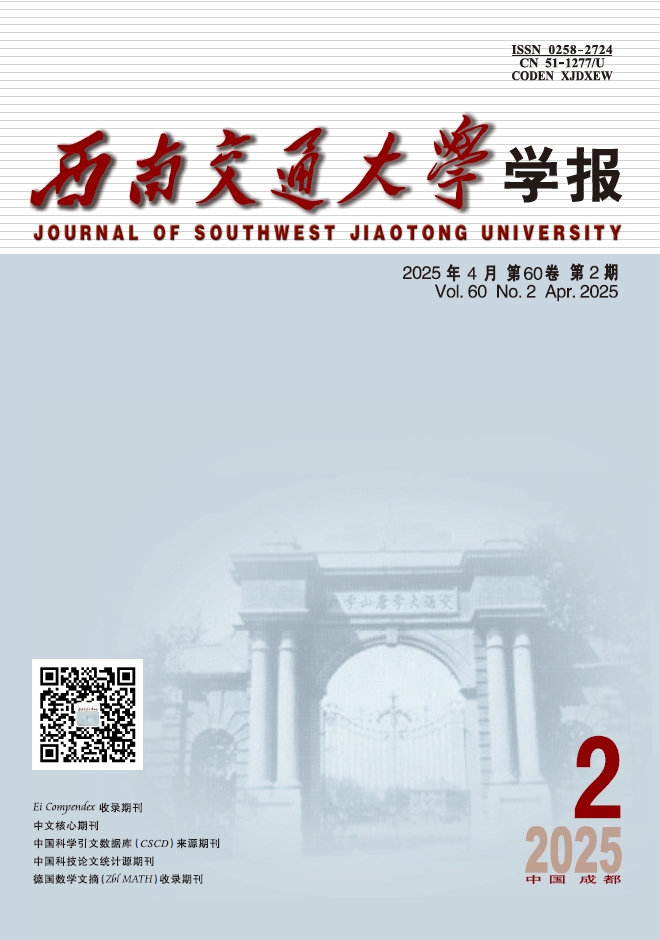2009 Vol. 22, No. 3
Display Method:
2009, 22(3): 301-311.
Abstract:
2009, 22(3): 312-320,326.
Abstract:
2009, 22(3): 321-326.
Abstract:
2009, 22(3): 327-335.
Abstract:
2009, 22(3): 336-341,374.
Abstract:
2009, 22(3): 342-346.
Abstract:
2009, 22(3): 347-353.
Abstract:
2009, 22(3): 354-359.
Abstract:
2009, 22(3): 360-364.
Abstract:
2009, 22(3): 365-369.
Abstract:
2009, 22(3): 370-374.
Abstract:
2009, 22(3): 375-379.
Abstract:
2009, 22(3): 380-384.
Abstract:
2009, 22(3): 385-391.
Abstract:
2009, 22(3): 392-395.
Abstract:
2009, 22(3): 396-401.
Abstract:
2009, 22(3): 402-409.
Abstract:
2009, 22(3): 410-414.
Abstract:
2009, 22(3): 415-420.
Abstract:
2009, 22(3): 421-425.
Abstract:
2009, 22(3): 426-429.
Abstract:
2009, 22(3): 430-436,447.
Abstract:
2009, 22(3): 437-441.
Abstract:
2009, 22(3): 442-447.
Abstract:
2009, 22(3): 448-454.
Abstract:
2009, 22(3): 455-460.
Abstract:
2009, 22(3): 461-465.
Abstract:
2009, 22(3): 466-472.
Abstract:




 Advance Search
Advance Search
 Email alert
Email alert RSS
RSS [Abstract]
[Abstract] Supplements
Supplements [Cited By]
[Cited By]